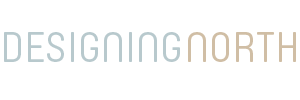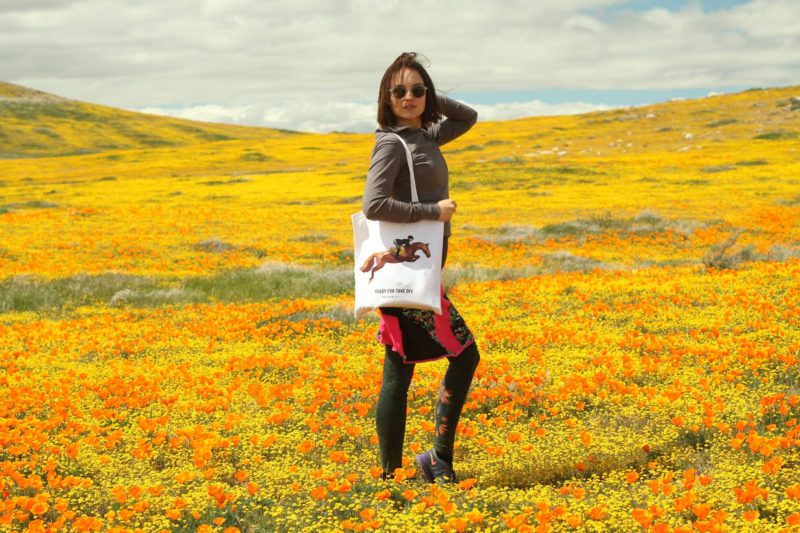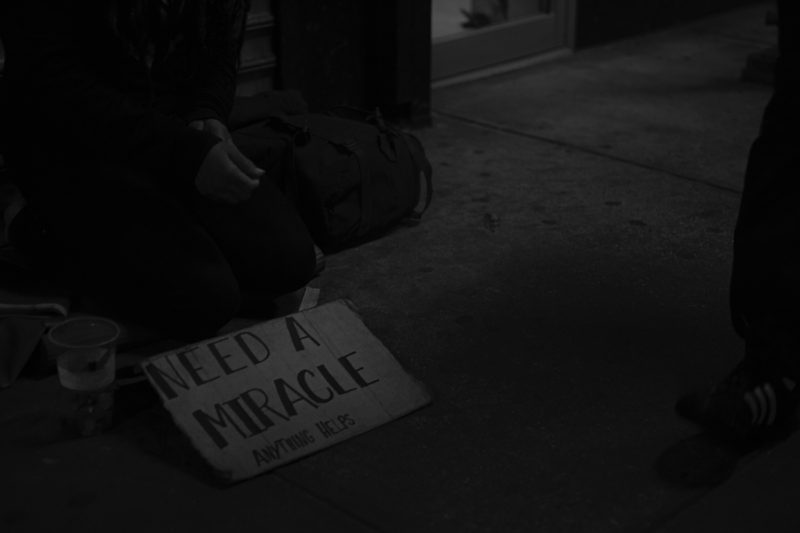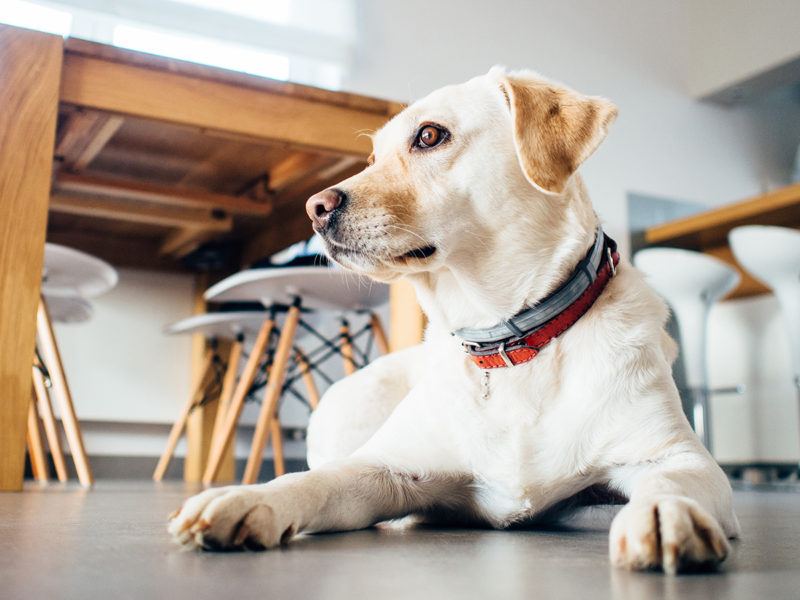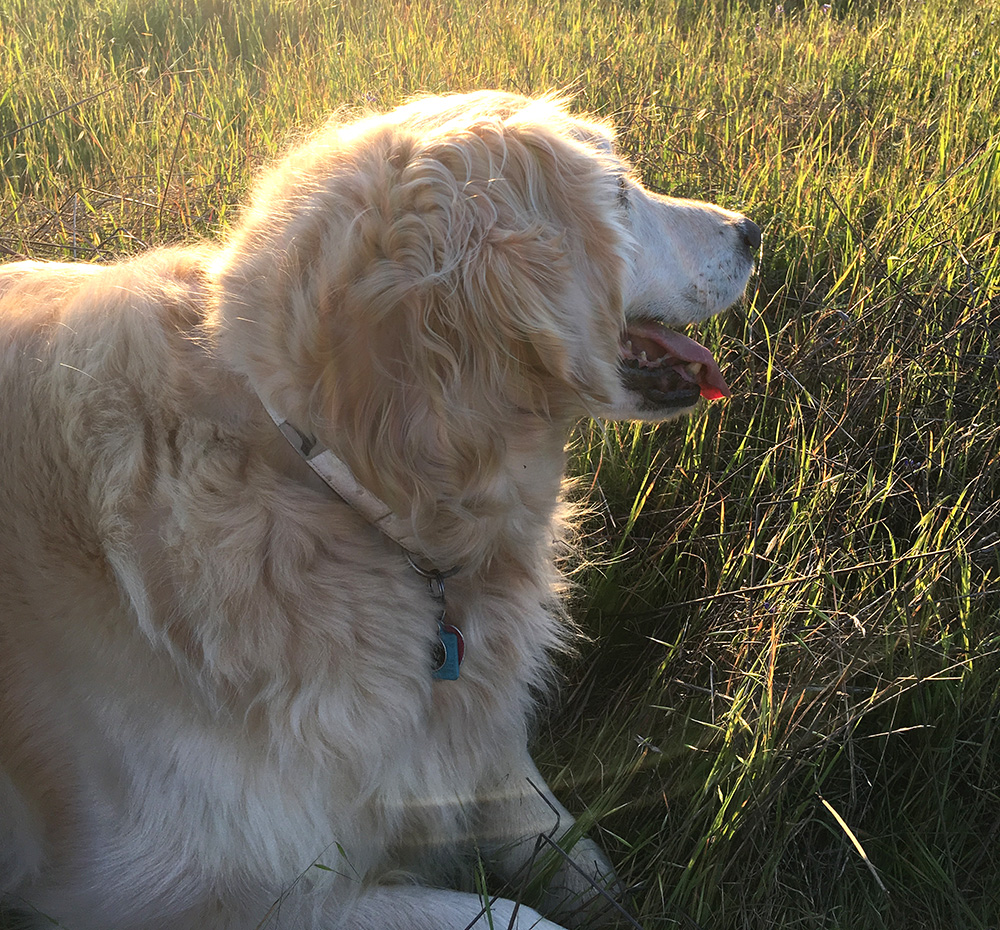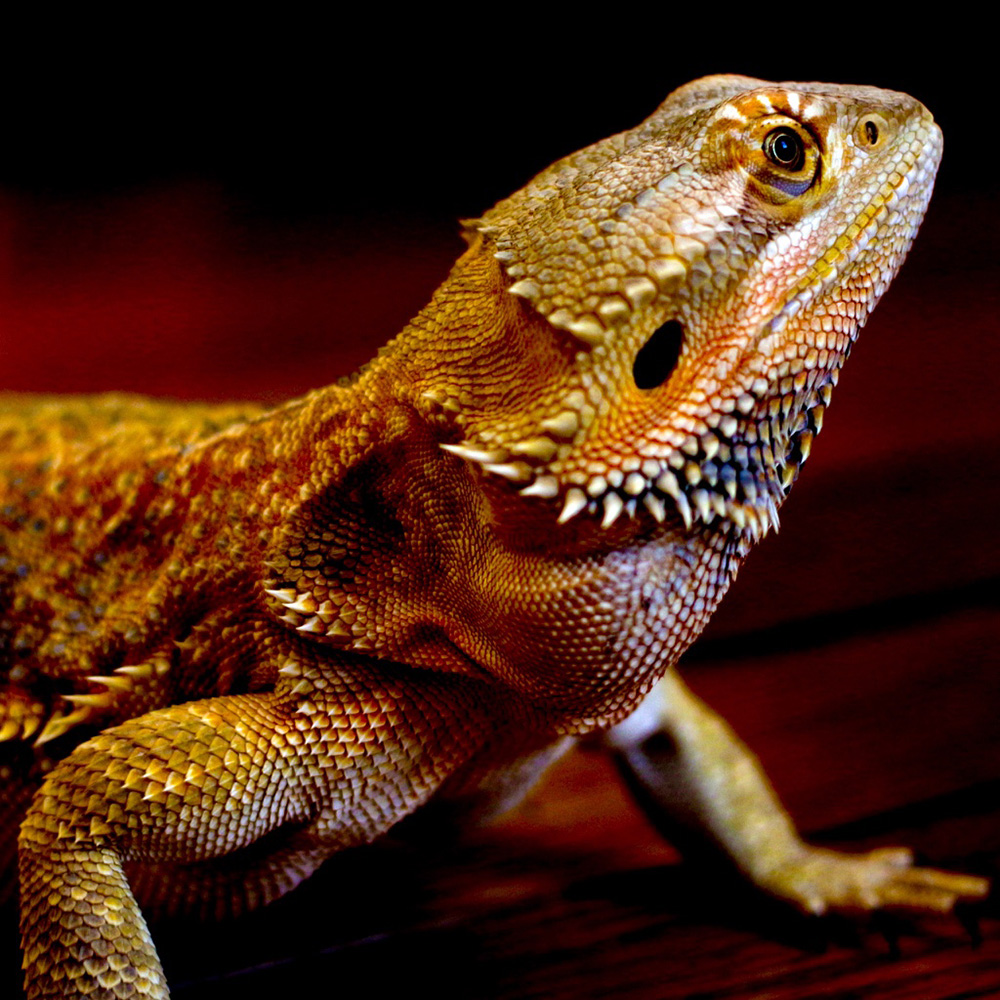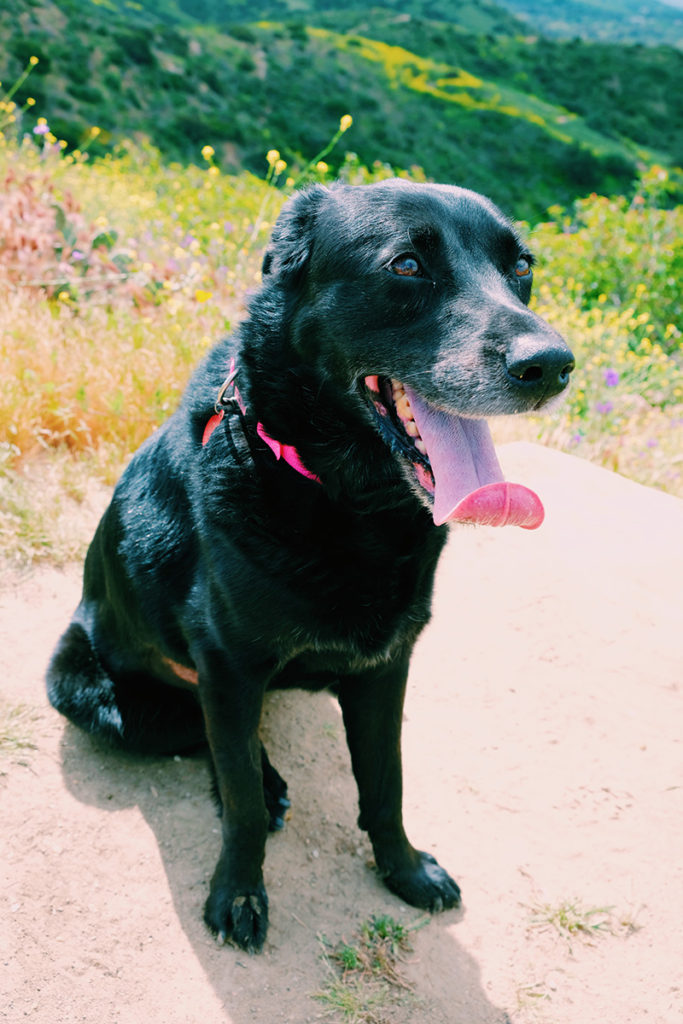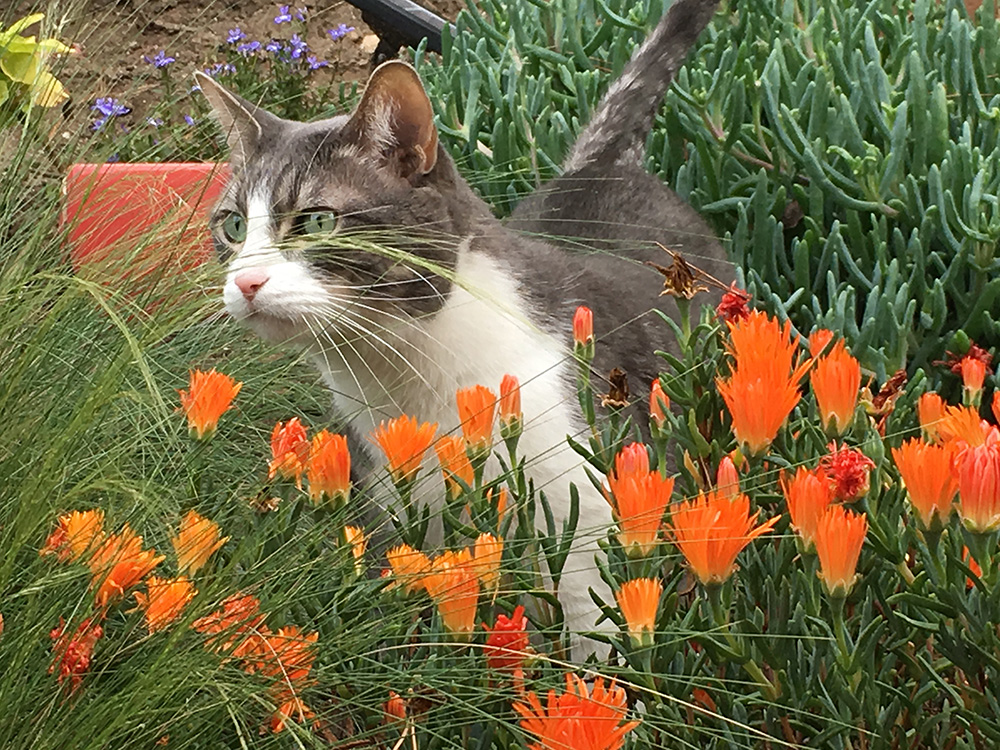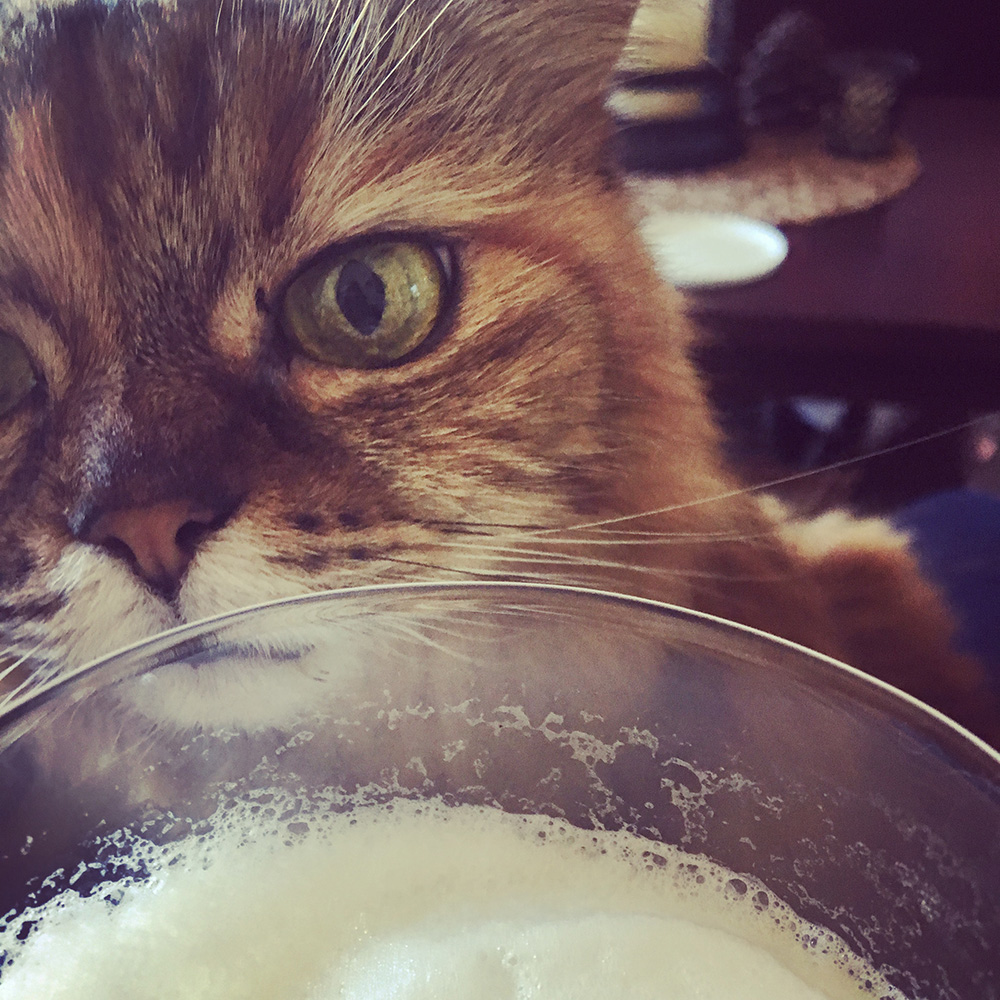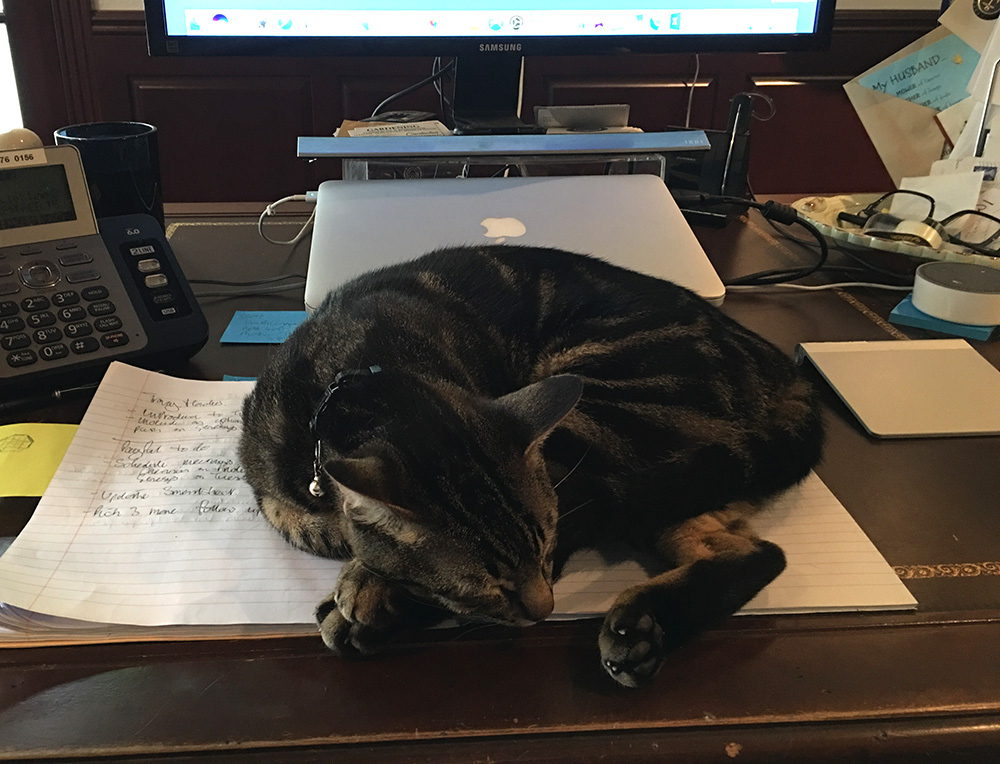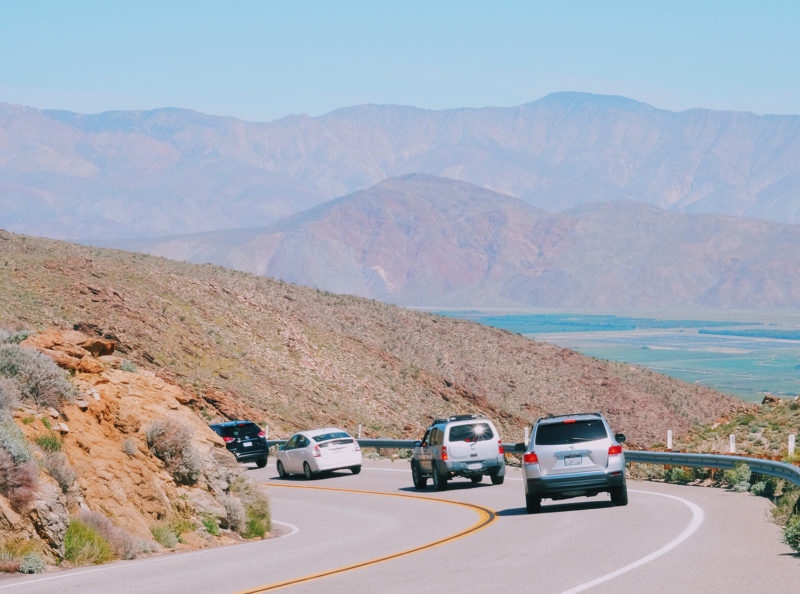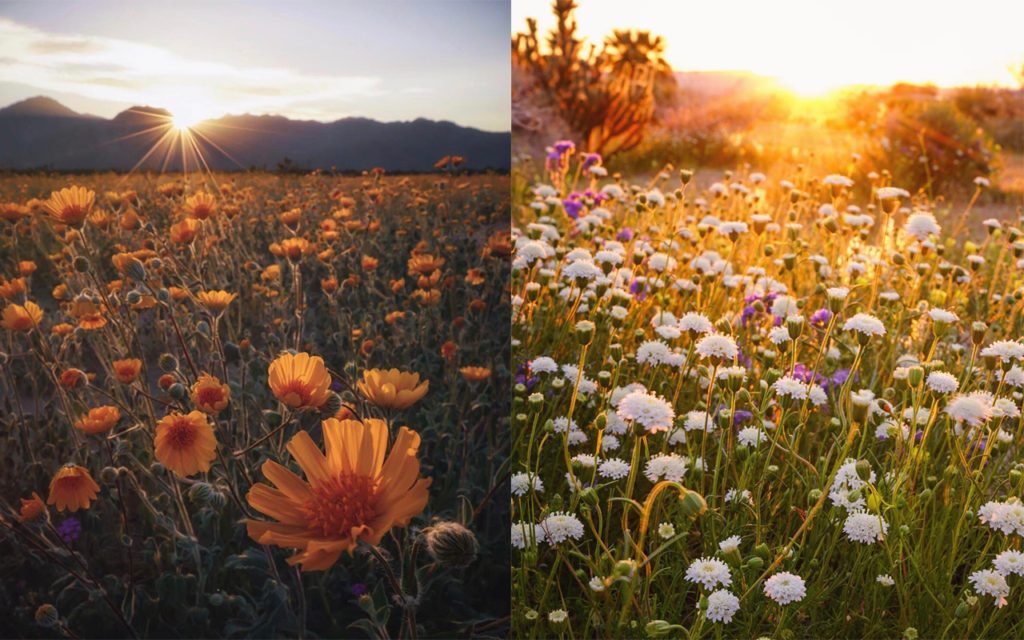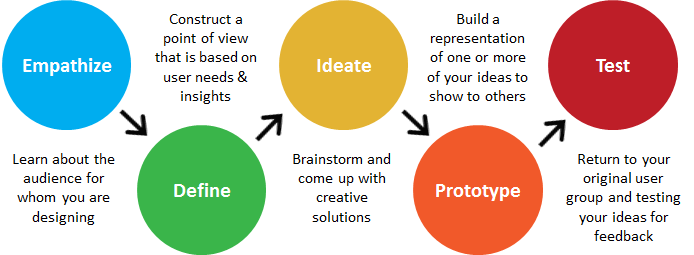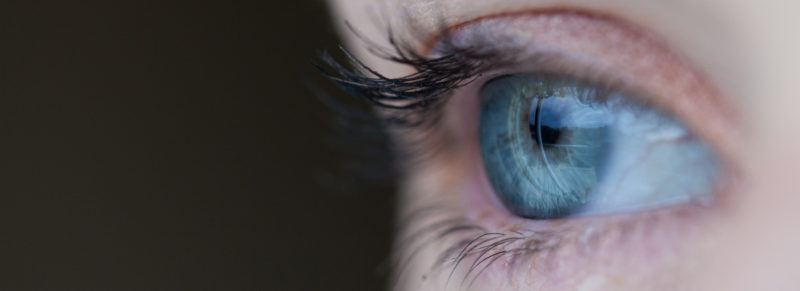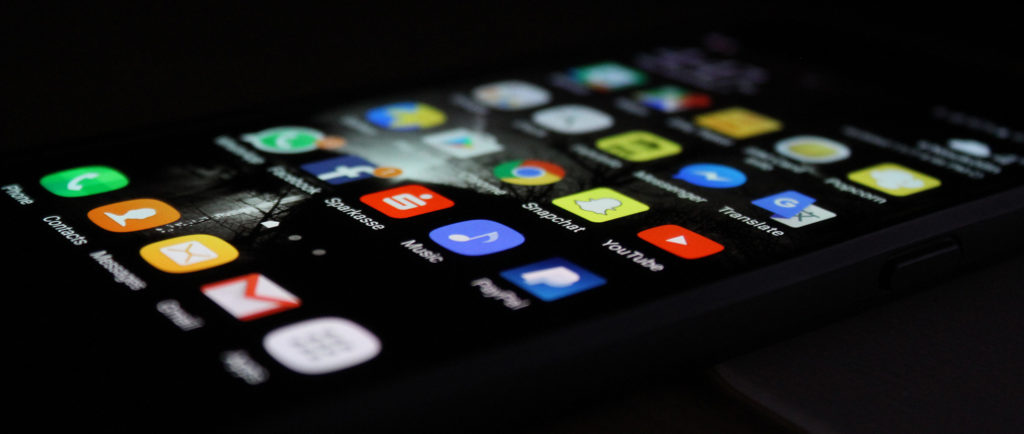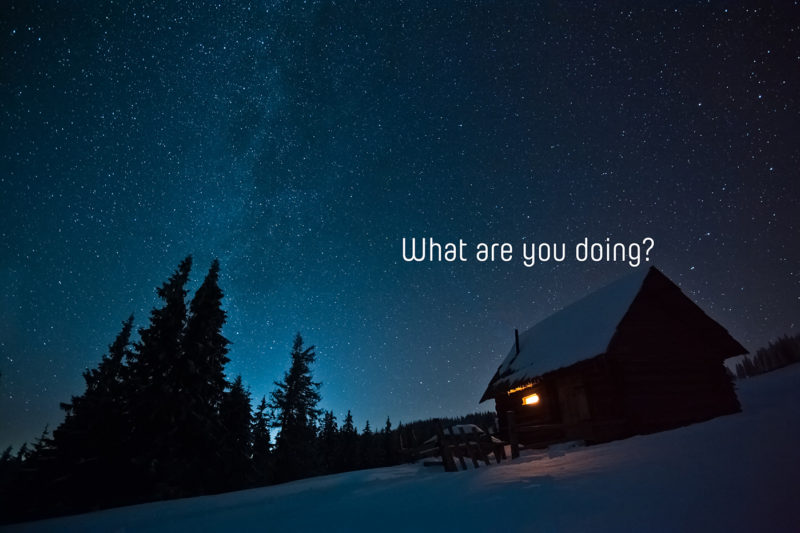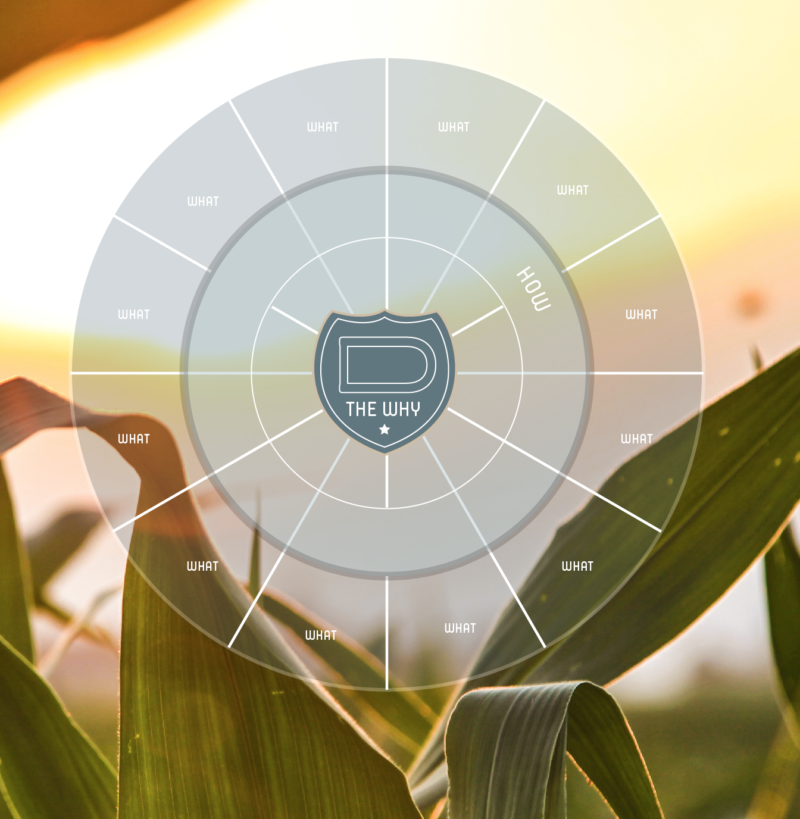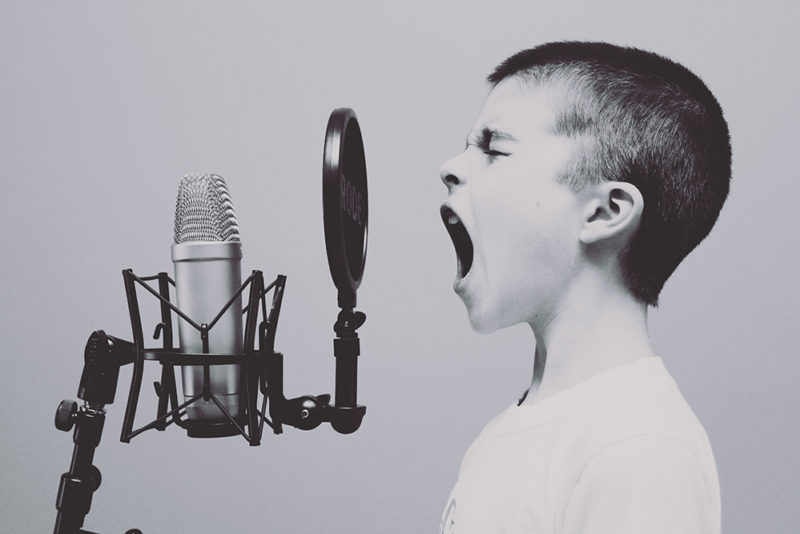What do you get when you cross an illustrator and a graphic designer that both share a passion for all things horses? Horse on the loose, of course!
Horse on the loose is a collaboration between a sister duo who were looking for a way to share their love for everything equestrian with the world. Sister Andra happens to be a member of the Designing North team as well; we are very proud!
From shopping, to work and travel they envisioned a product that could be seen by others and instantly recognized by the larger equestrian community. Naturally they landed on the trusty tote; a bag for all purposes. But not just any tote. These bags are custom printed in Los Angeles, CA with unique illustrations representing dressage, jumping, and southwestern equestrian culture.
Of course, there’s always more to the story than meets the eye. To go beyond the vibrant colors and flawless horse silhouettes, we asked Andra for her inspiration behind Horse on the loose, and the details that led to its launch.
Horse on the loose Story
“My sister Roxana and I started Horse on the loose at the end of last year. I live in Los Angeles, California and she lives in Transylvania, which is in the northern part of Romania. The two of us share a passion for horses and all riding disciplines. I’ve been taking dressage and jumping lessons for more than 9 years; incorporating this style into our designs was a natural progression for me.”
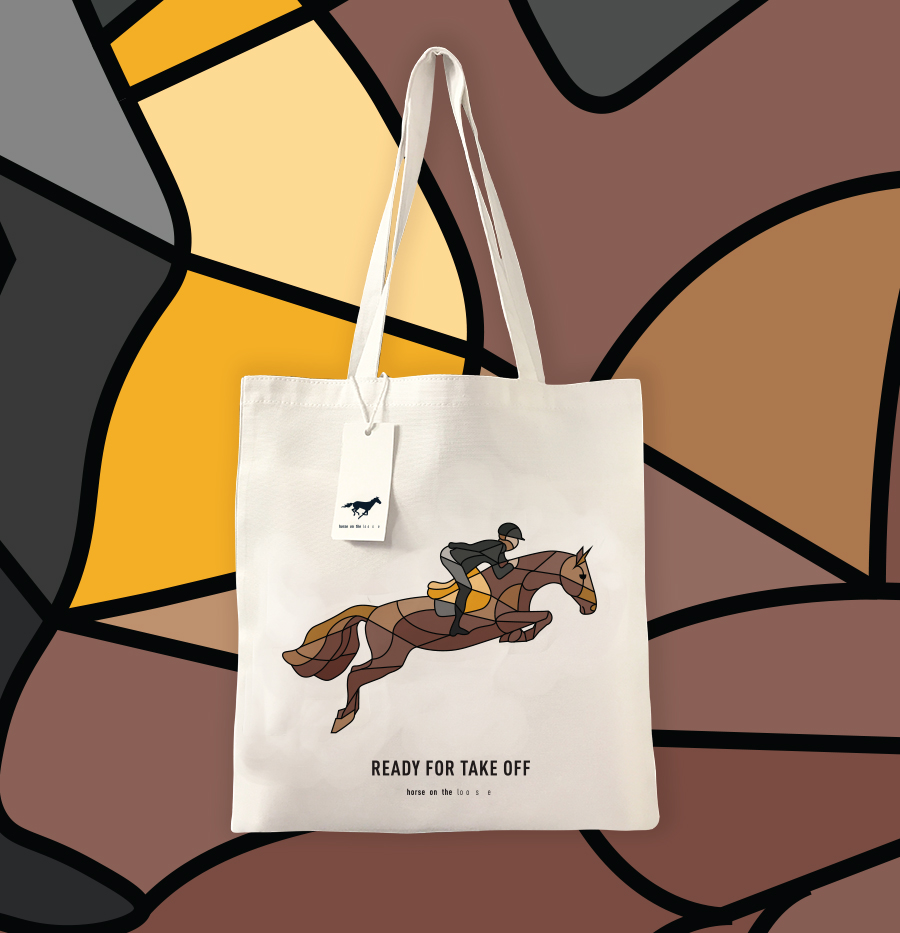
“I currently ride at an eventing barn called Goldspirit Farm in Los Angeles, CA. My sister has also been riding for two years now in Cluj-Napoca, Northwestern Romania. Although we are over 6,300 miles apart, we often spend holidays together and love to go horseback riding wherever our travels take us.”
“Besides having a passion for horses, we are both artists by trade. I am a graphic designer and and my sister is a painter and illustrator. Since my earliest memories, we have been drawing horses for fun, and to this day it’s still our favorite subject. With such a great distance between us, it’s comforting to know that my sister and I share the same passions and enjoy talking about art and horses whenever possible. But Horse on the loose is so much more. From two different continents, we are building a brand based on a shared interest and are able to display our talents in the process; I wouldn’t trade it for anything.”
Inspiration for the Designs
The inspiration for the designs originated more from a graphic design approach, rather than illustrative. The horses are very clean, edgy and stylish; we want people to recognize the designs without leaving too much room for interpretation. However, the designs cater to riders in the various disciplines, leaving room for a little personalization. These riders are a more sophisticated audience, seeking something unique that speaks to them.
“I’ve been to quite a few tack stores throughout the years and never found a tote bag that “spoke” to me. Most were either too generic looking and childish, or super high end and overpriced. I guess I simply wanted to produce a product that is affordable yet still looks great for everyday use. Secretly, I am my ideal customer — I’m an artist after all. “
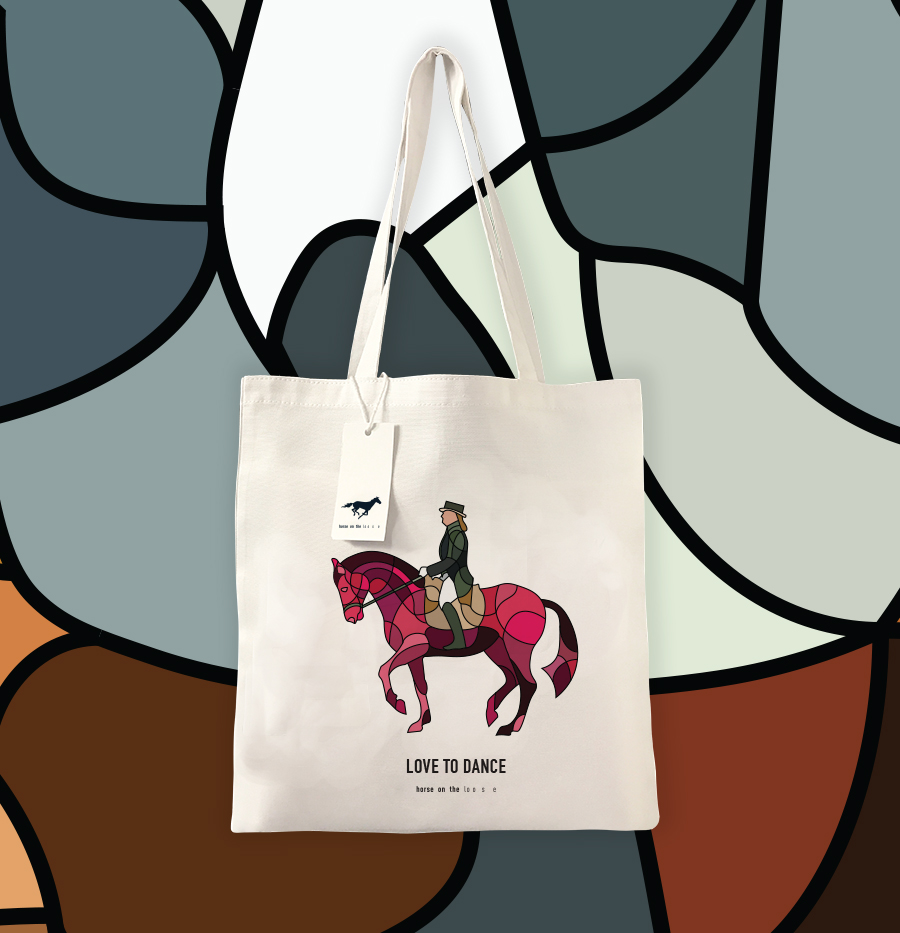
With the recent ban on single-use plastic bags, totes are more than a trend at the moment and you can take them everywhere, including the barn! But these bags give riders the opportunity to show off their hobby to the outside world as well.
How did you end up with these unique designs? And where can enthusiasts find them?
Funny enough, I was working on a wall graphic for an equestrian event management company in San Diego. I presented them with various looks, amongst them was something similar to the style we ended up using on the bags. They didn’t choose that look (my favorite of course), so I decided to use it for myself.
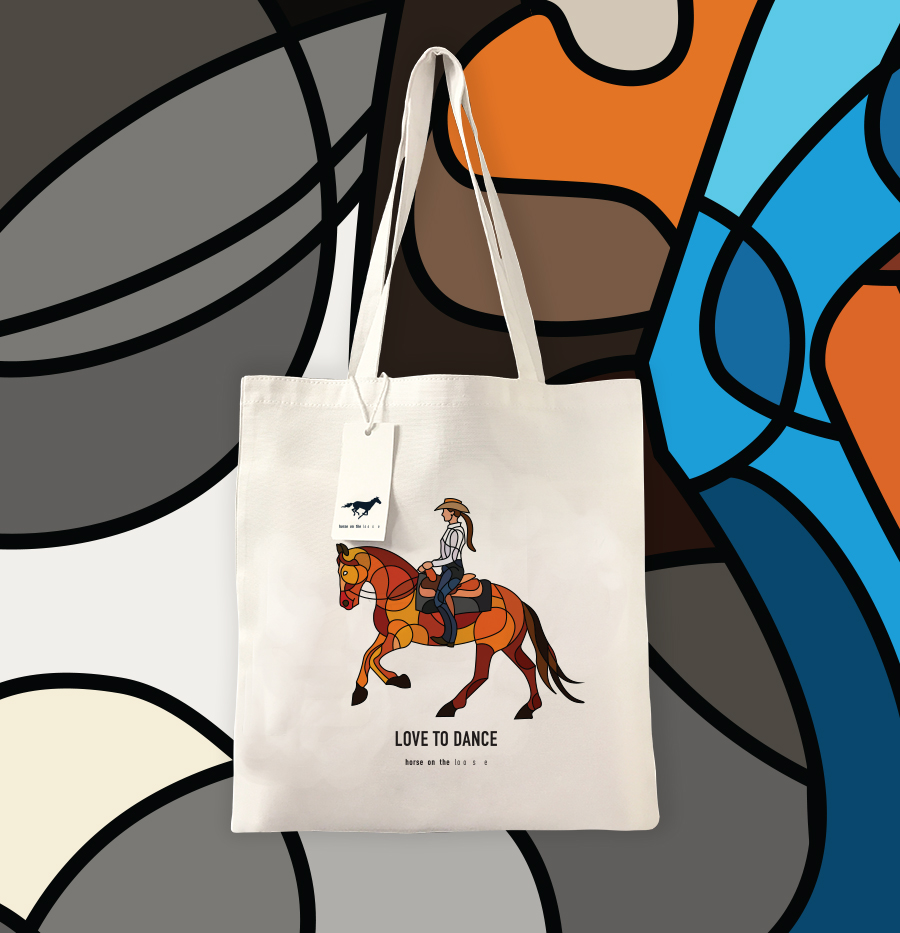
Besides selling the bags through our online store, we are sending a few to some equestrian shows across the country as competition prizes.
In the future I hope to expand the line to feature more horse-riding disciplines such as racing and polo. Maybe we can put the designs on other merchandise; only time will tell! Until then, I hope you enjoy the bag designs and please share them with other horse-loving friends.
Are you an illustrator, graphic designer, or enthusiast for all things equestrian? If so, Horse on the loose would love your support!
